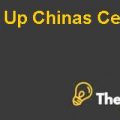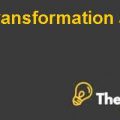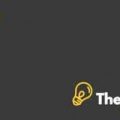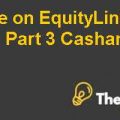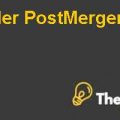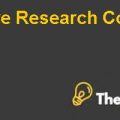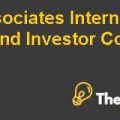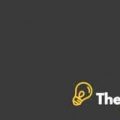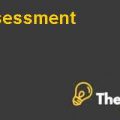Ahold Vs. Tesco – Analyzing Performance Case Study Solution
Who is the decision maker in the case, and what business decision is he/she faced with that good FSA/Valuation will help improve the quality of? (2 pts)
The decision maker in this case is Mary King, the European equity analyst and the potential investment opportunity within the two different retail companies, Tesco and Ahold. Both these companies had presented Mary with a number of different challenges. Mary Kind had easily collected the financial and business strategy data of both the companies and she evaluated the performance of both the companies on the basis of the financials and computing the return on equity of both the companies.
The performance based on the return on equity has been similar for both the companies and then she moved ahead to measure the performance by calculating the basic return on equity decomposed metric. The performance of the Ahold stock had been much better as compared to the Tesco stock and Tesco also had large amount of cash on its balance sheet and thus had low levels of the net debt.
Therefore, the key decision to make now is to determine that whether the operating performance of both the companies is a result of financial leverage or operating profitability. To do this, the modified DuPont Decomposition would be used. This would be a good FSA for Mary who is the key decision maker in the case for recommending one of the two companies for investment.
Question 2
In a neatly constructed Table, briefly compare and contrast Ahold’s and Tesco’s key firm characteristics and business models as of the time of the case. (2 pts)
| AHOLD Characteristics and Business Model | TESCO Characteristics and Business Model |
| 1. Ahold sold food, grocery and the drug products. | 1. Tesco was also in the grocery trading business and it expanded its product lines to sell nonfood items such as telecoms services, internet services and software, music, clothing, electronics and financial services. |
| 2. The company employed around 218000 employees and had 3008 retail outlets. | 2). The company employed around 519671 employees and had 6234 retail outlets. |
| 3. The leading brands of Ahold included Albert Heijin, Stop &Shop, Gall and Gal Liquors etc. | 3). Tesco sold the range of products through its different types of outlets such as the Tesco Metro, Tesco Extra, Tesco Express and the One Stop stores. |
| 4. The company operated smaller convenience stores of 40-200 Sqm. | 4). The smaller grocery stores of Tesco were called as the One Stop stores and they were positioned as the convenience stores in limited locations. |
| 5. It is ranked as the largest online retailer within US along with the Peapod brand. | 5). Tesco was among the leading grocery retailers in UK. |
| 6. The strategy of Ahold prior to 2011 focused on lowering its cost base and it offered value added products and services to its customers by lowering price points. | 6). The strategy of Tesco and its objectives introduced in 2010 focused on the service operation improvements in its UK business. It emphasized on providing its customers with value added products and services and continued development of a strong management team. |
| 7. The company has achieved its stated sustainable net sales growth goal of 5% and operating margin of 5%. | 7). The company had performed well in a challenging economic environment. It had achieved sales growth rate of 7.3% in Europe and operating margins of 21.8% from its Asian business. |
| 8. Ahold had achieved Eur 30 billion sales and net income of Eur 1 billion in 2011. | 8). The company achieved net sales and operating income of Eur 42.8 billion and Eur 2.5 billion in UK in 2011. |
| 9. The company generated 94% of the sales from Netherlands | 9). The company generated 66% of group sales from UK. |
| 10. In 2011, the company revised its strategic plan to focus on the Reshaping Retail strategy for enabling and supporting the growth of the company. | 10). The company has goals to create more jobs, continue serving the customers and delivering strong performance for stakeholders. |
Question 3
Using the Basic DuPont ROE decompositions provided in Exhibit 6, what do you conclude about the profitability of each company in 2009-2011? (4 pts)
Using the Basic DuPont ROE decompositions in exhibit 6 for the year 2009 and 2011 and based on the excel financials we can see that the average return on equity of Ahold and Tesco are both same. They both have an average return on equity of 15.9% as shown in the table below......................
This is just a sample partial work. Please place the order on the website to get your own originally done case solution.

